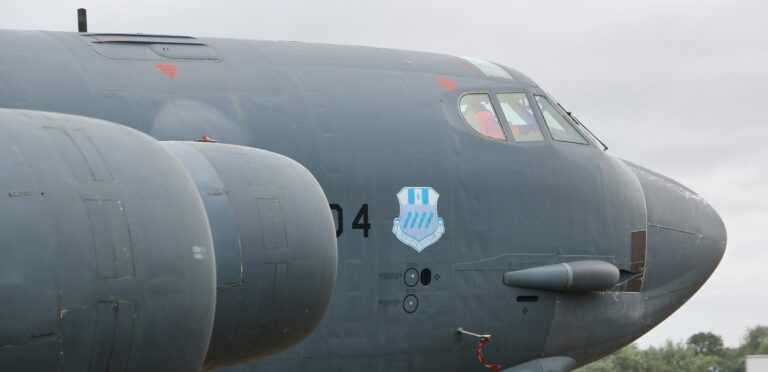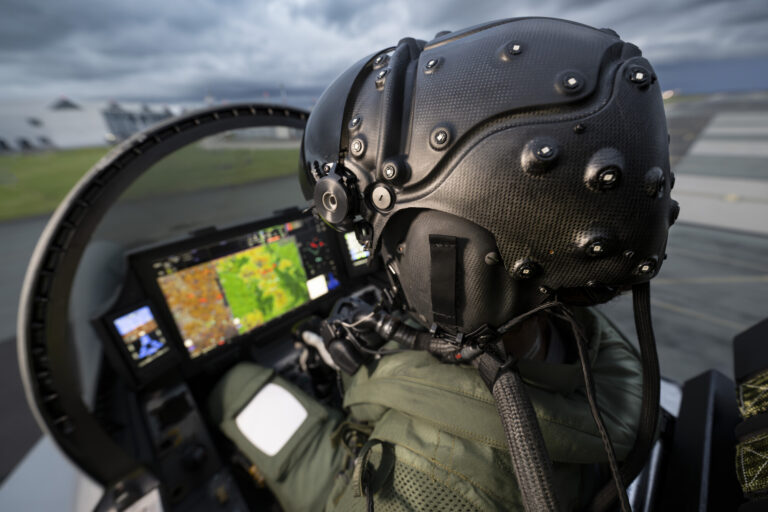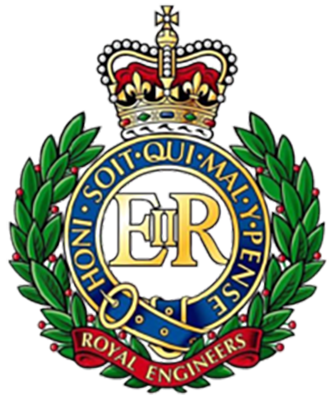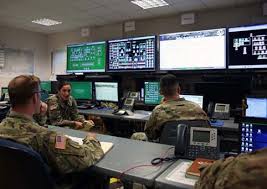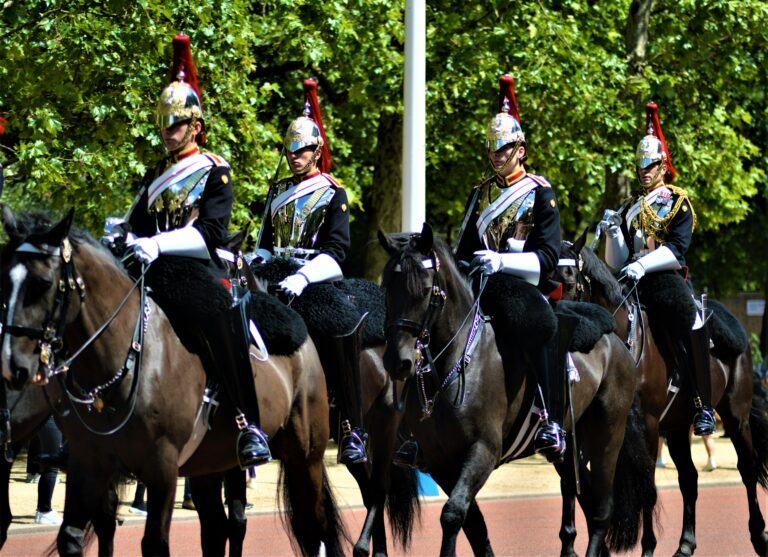Royal Artificers
Introduction
In the high-stakes world of combat, few roles are as versatile, respected, and technically demanding as that of a Royal Artificer. These elite tradespeople are the engineering backbone of the British Army, responsible for repairing everything from tanks and weapons to battlefield generators and high-tech surveillance gear—often while under fire.
Operating within the Royal Electrical and Mechanical Engineers (REME), Artificers are Senior Engineering Technicians who lead teams, manage field repairs, and ensure that the Army’s most vital equipment is always mission-ready.

Who Are the Royal Artificers?
The term “Artificer” refers to a senior, highly qualified engineer or technician who has completed a rigorous selection and training process. They are typically non-commissioned officers (Sergeants and above) and act as the technical authority for engineering tasks in combat and peacetime environments.
They serve across:
- Armoured regiments
- Artillery units
- Infantry brigades
- Aviation support
- Special Forces support groups
- Peacekeeping and humanitarian missions
Their work is complex, critical, and often done in extreme conditions—from desert heat to arctic cold, and even under enemy fire.
Core Responsibilities
Royal Artificers are specialists in:
- Mechanical and electronic fault diagnosis
- Repair of complex weapons systems
- Overhaul of vehicle powertrains (tracked and wheeled)
- Management of field engineering workshops
- Mentoring junior REME tradespeople
- Engineering support during battle operations
- Logistics coordination for spare parts and tooling
They may also assist with explosive ordnance disposal (EOD), bridging operations, or helicopter recovery.
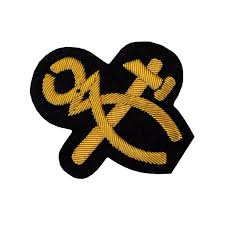
Typical Equipment They Maintain
| Equipment | Type |
|---|---|
| Challenger 3 Tanks | Armoured battle vehicles |
| Ajax AFVs | Reconnaissance systems |
| Warrior IFVs | Infantry fighting vehicles |
| 105mm Light Guns | Artillery support |
| Titan & Trojan | Combat engineer tanks |
| Watchkeeper Drones | Unmanned aerial surveillance |
| Apache Helicopters | Army Air Corps aircraft |
| Bowman Radios | Tactical comms systems |
| Generator Units | Field power supply |
| Firearms Systems | Rifles, machine guns, grenade launchers |
Artificers are expected to fix any of these systems, often with improvised methods and minimal resources.
How to Become a Royal Artificer
This role isn’t open to direct civilian entry—it is a promotion pathway within REME trades.
Step-by-Step Pathway:
- Join REME as a Technician
- Choose a trade: Vehicle Mechanic, Electronics Technician, Aircraft Technician, Weapons Technician, or Recovery Mechanic
- Complete trade training
- Gain Field Experience
- 3–5 years serving in frontline or rear-echelon engineering roles
- Progress through ranks (Lance Corporal → Corporal)
- Artificer Selection Board
- Apply and pass stringent interviews, assessments, and reviews
- Must demonstrate technical mastery, leadership, and initiative
- Artificer Training Course
- Conducted at the Defence School of Electronic and Mechanical Engineering (DSEME), MoD Lyneham
- Duration: 1 year intensive full-time course
- Subjects include:
- Advanced diagnostics
- Workshop management
- Battlefield logistics
- Technical report writing
- Instructional skills
- Engineering theory and project leadership
Graduates are promoted to Artificer Sergeant and assigned as senior technical specialists across Army units.

Trade Specialisations
Artificers can specialise in one of the following REME trades:
| Specialism | Focus |
|---|---|
| Vehicle Artificer | Armoured platforms and support vehicles |
| Electronic Artificer | Avionics, radios, sensors, and weapon optics |
| Weapons Artificer | Artillery, firearms, remote weapon systems |
| Aircraft Artificer | Army helicopters and unmanned aerial systems |
Some also become Armament Artificers working with explosive ordnance, or Control Artificers for field power and automation systems.
Career Progression
After becoming a Royal Artificer, the career path expands rapidly.
| Rank | Role |
|---|---|
| Sergeant | Frontline workshop commander |
| Staff Sergeant | Senior engineering advisor |
| Warrant Officer Class 2 (WO2) | Company-level technical lead |
| Warrant Officer Class 1 (WO1) | Senior REME technician across the battalion |
| Late Entry Commission Officer | Engineering Officer or Workshop Commander |

Artificers may also become:
- REME Instructors
- MOD Defence Equipment & Support (DE&S) officers
- Technical Advisors to NATO or UN missions
- Project engineers with defence contractors
Pay and Benefits
Because of their experience and specialist knowledge, Artificers are among the best-paid non-commissioned members of the Army.
| Position | Estimated Pay |
|---|---|
| Staff Sergeant | £40,000–£45,000 |
| WO2 | £48,000–£55,000 |
| WO1 | £55,000–£65,000 |
| Commissioned Officer | £60,000+ with pension and housing benefits |
Other benefits include:
- Specialist trade pay
- Pension and lifetime healthcare coverage
- Subsidised housing and travel
- Sponsorship for degree-level education
- Leadership roles and global deployment opportunities

Deployments and Missions
Artificers have served in:
- Afghanistan and Iraq, leading battlefield repairs of tanks and helicopters
- UN Peacekeeping Missions in Cyprus and Africa
- Disaster Relief in Haiti, Nepal, and Pakistan
- NATO Joint Exercises in Poland, Norway, and Estonia
- Support of Special Forces requiring high-tech systems readiness
- Counter-poaching missions in Kenya (fixing drone and vehicle platforms)
Civilian Transition Options
Royal Artificers are in high demand in civilian engineering and defence sectors.
Post-military opportunities include:
- Field Service Engineer (Rolls-Royce, Babcock, Thales)
- Maintenance Manager (Network Rail, Siemens, JCB)
- Automotive or Aerospace Technician
- Offshore Mechanical Technician
- Technical Trainer or College Lecturer
- MOD Civilian Engineer or Procurement Officer
- Quality Assurance & Compliance Specialist
Many also pursue degrees in Mechanical or Electrical Engineering via Army-funded distance learning or post-service study.

Pros and Cons
✅ Advantages:
- Elite technical status within the Army
- Fast-tracked leadership roles
- High job satisfaction from problem-solving
- Fieldwork across global operations
- Skills easily transferable to civilian careers
- Sponsorship for professional engineering membership (e.g. IEng, EngTech)
⚠️ Challenges:
- Long deployments and time away from home
- Heavy responsibility during battle or emergencies
- Fast-paced and physically demanding
- Pressure to balance team management and engineering tasks
- Limited initial entry routes (only via REME progression)
Conclusion
Royal Artificers are the elite troubleshooters and repair leaders of the British Army. Behind every battle tank that rolls into action, every artillery piece that fires, or every aircraft that lifts off, there’s an Artificer making sure it works—and keeps working.
For those who thrive on pressure, take pride in solving complex problems, and want to lead from the front in a technical role, becoming a Royal Artificer offers one of the most rewarding, respected, and impactful careers in the UK Armed Forces.

